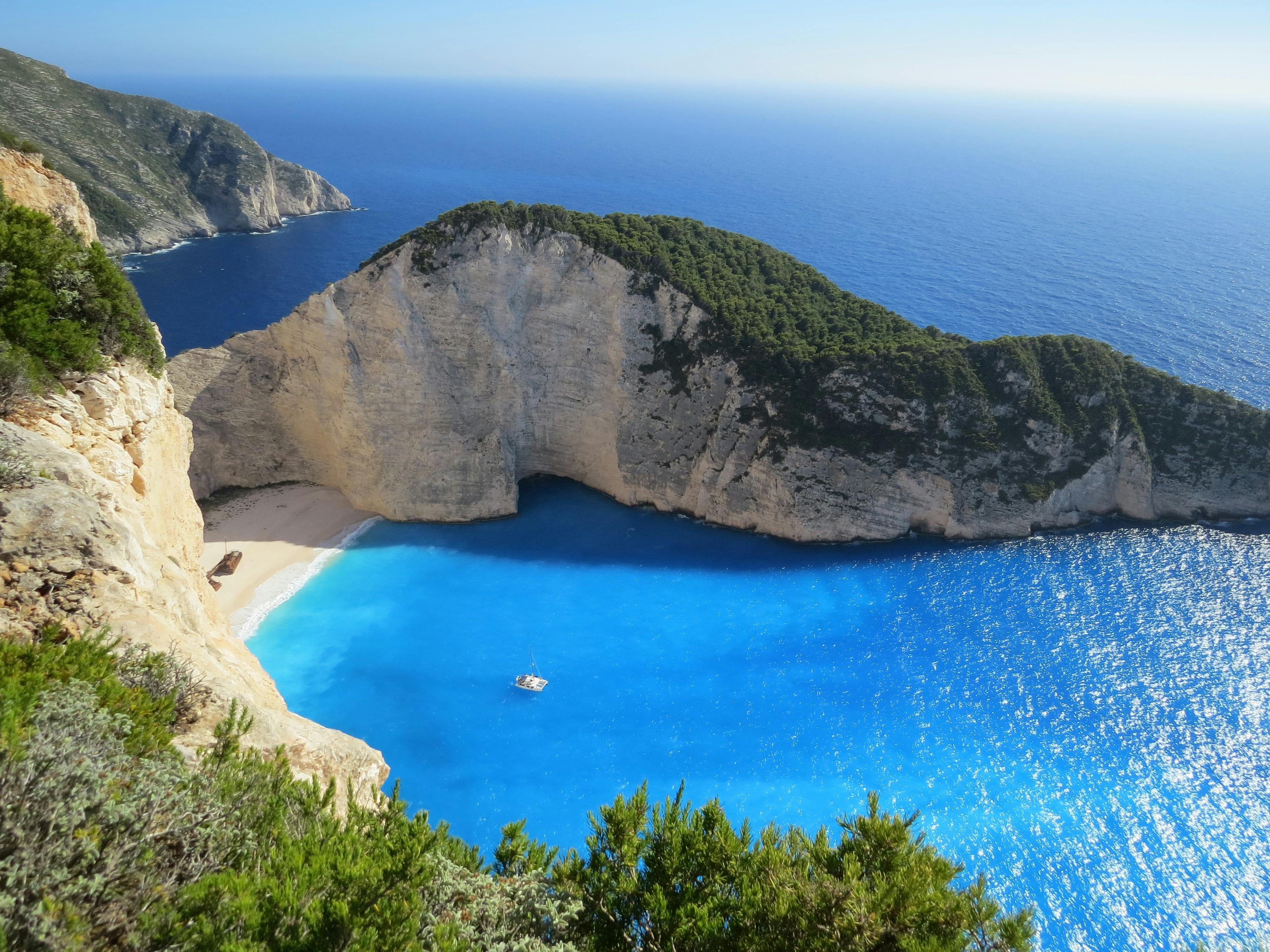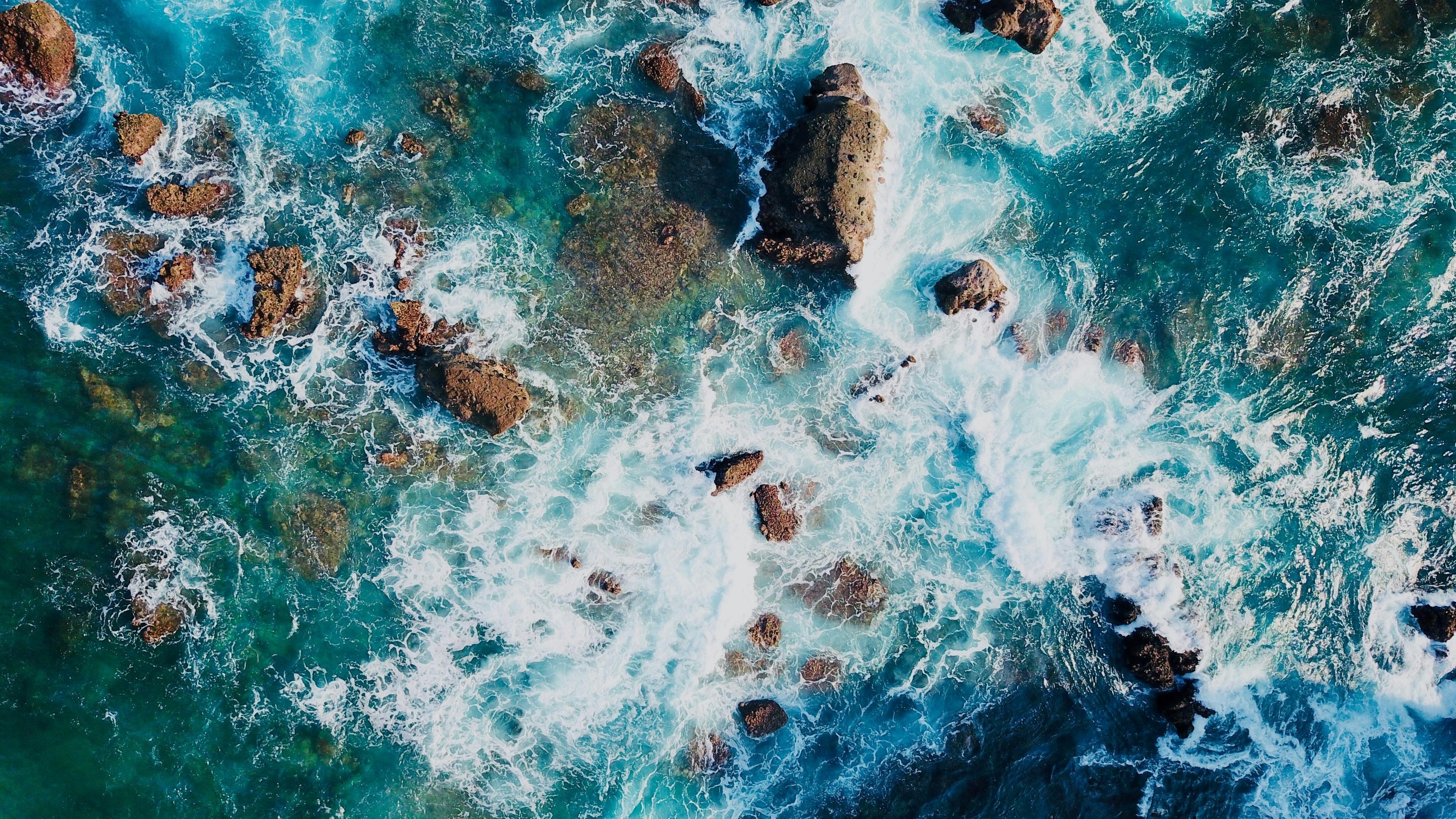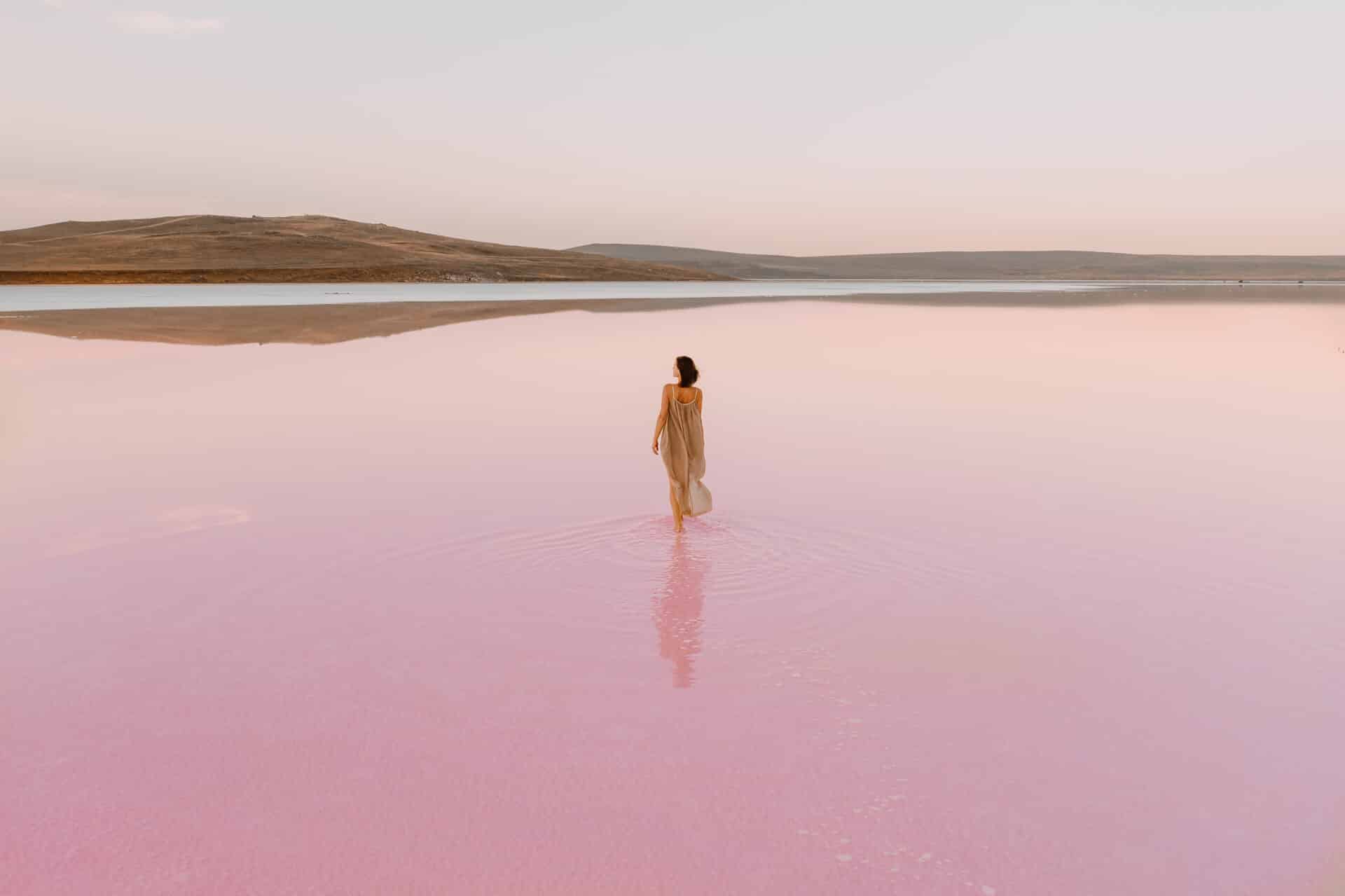Deionized water, also known as demineralized water, is a form of purified water that has had most of its mineral ions removed. It is commonly used in various industrial processes and for producing pharmaceuticals and in laboratories. It can also be used for drinking purposes, although it does not taste as good as distilled water. Making deionized water from distilled water is a relatively simple process involving the use of ion exchange resins. In this article, we will explore the process of how to make deionized water from distilled water.Deionized water, also known as demineralized water, is water that has had its mineral ions removed, such as cations like sodium, calcium, iron, and copper, and anions such as chloride and sulfate. The process is called deionization and it is done using ion exchange resins or membranes which remove the mineral salts from the water by exchanging them for hydrogen and hydroxide ions. Deionized water is used in a variety of industrial and commercial applications including power plants, automotive cooling systems, medical devices, pharmaceuticals, food processing equipment and other applications where extremely pure water is required.
What is Distilled Water?
Distilled water is water that has gone through a distillation process to purify it. It is free of minerals, chemicals, and other impurities. The process of distillation involves boiling the water and collecting the steam that condenses back into liquid form. This method of purification removes any contaminants or impurities present in the water. Distilled water is used in many industries including healthcare, food processing, and laboratory research. It is also commonly used for drinking purposes as it is considered to be healthier than regular tap water.
Distilled water has many advantages over regular tap water. Since there are no minerals or contaminants present in distilled water, it does not contain any chlorine or fluoride which can be harmful when consumed in large amounts. Furthermore, distilled water does not have a bad taste or smell like regular tap water often does due to the presence of chlorine and other chemicals used to treat it. It also has a neutral pH which makes it ideal for use in certain medical procedures such as kidney dialysis.
In addition to its various uses in industry and medical settings, distilled water can also be used for daily household purposes
The Process of Making Deionized Water From Distilled Water
Deionized (DI) water is a type of purified water that has had its mineral ions removed, such as cations like sodium, calcium, iron, and copper, and anions such as chloride and sulfate. This process is used to produce water that is much purer than distilled or reverse osmosis water. The process of making deionized water from distilled water involves passing the distilled water through a series of special resins called ion exchange resins. These resins are capable of exchanging their charged ions with the ions present in the distilled water.
The first stage in the deionization process involves passing the distilled water through a cation exchange resin that will remove positively charged ions. The resin will be saturated with hydrogen ions that it will exchange with any positively charged ions present in the distilled water. This process removes cations like sodium, calcium, iron, and copper from the distilled water.
The second stage of deionization involves passing the now cation-free water through an anion exchange resin to remove negatively charged ions. This resin is saturated with hydroxide ions that

Using Ion Exchange Resins to Make Deionized Water From Distilled Water
Deionized water, also known as demineralized water, is a type of water that is free of most minerals and salts. It is often used in laboratories and industrial applications. One way to obtain deionized water is by using ion exchange resins. This process involves passing distilled water through a column filled with ion exchange resins which remove the dissolved ions from the water.
Ion exchange resins are synthetic polymers which contain ion exchange groups that can bind with ions in the water. When the water passes through the column, these ions are exchanged with ions bound to the resin and removed from the solution. The most commonly used ion exchange resins are cationic and anionic resins which have an affinity for positively or negatively charged ions respectively.
The process of using ion exchange resins to make deionized water is relatively simple. First, the resin column must be prepared by soaking it in a solution of acid or base to remove any impurities or dirt that may be present. After this has been done, distilled water is then passed through the column, where
Desalinating Sea or Saline Water to Make Deionized Water From Distilled Water
The process of desalination is the removal of salt from saline water. This process is important for providing fresh water for various uses such as drinking, agricultural irrigation and industrial cooling. Desalination can be accomplished through various methods, including reverse osmosis, evaporation and distillation. The most common form of desalination is reverse osmosis, which involves pushing saline water through a semi-permeable membrane to separate the salt from the water molecules.
Distillation is another method for desalinating sea or saline water to make deionized water from distilled water. In this process, saline water is heated so that the steam can be collected and condensed back into liquid form with little or no salt content. This method requires a lot of energy to heat the salty water, but it offers a more efficient way to produce freshwater than other methods such as reverse osmosis.
Deionization is a process used to remove all ions from a solution, including cations (positively charged ions) and
Benefits of Making Deionized Water From Distilled Water
Deionized water, also known as demineralized water, is a type of purified water that has had all of its mineral ions removed. This process is done by passing the water through a special filter or by using an ion exchange process. The result is a much purer form of water than distilled water alone can provide. By removing all the ions from the water, it can be used for many different purposes such as drinking, cooking, and cleaning. One of the main benefits of making deionized water from distilled water is that it is much safer to drink and use in everyday life.
The process of demineralization also removes any bacteria or other contaminants that may be present in the source water. This makes it much more hygienic and eliminates any health risks associated with consuming impure drinking water. Additionally, deionized water has very low levels of chlorine and other chemicals which are often found in tap or bottled waters. This makes it much more pleasant to drink and use in other applications.
Deionized water also has many uses in

Conclusion
Making deionized water from distilled water is a simple process that can be done at home. By using a deionization kit, the process of producing deionized water is quick and easy. You can combine the two processes of distillation and deionization to obtain pure, clean water for a variety of applications. Deionizing water is an important step in many scientific experiments and processes, as it ensures that all ions are removed from the water. This will help to keep your experiment or process accurate and reliable.
Overall, making deionized water from distilled water is a straightforward procedure that anyone can follow. It only requires basic equipment and materials and does not require any specialized knowledge or training. By following these steps you can have pure, clean water for your experiment or other needs quickly and easily.


